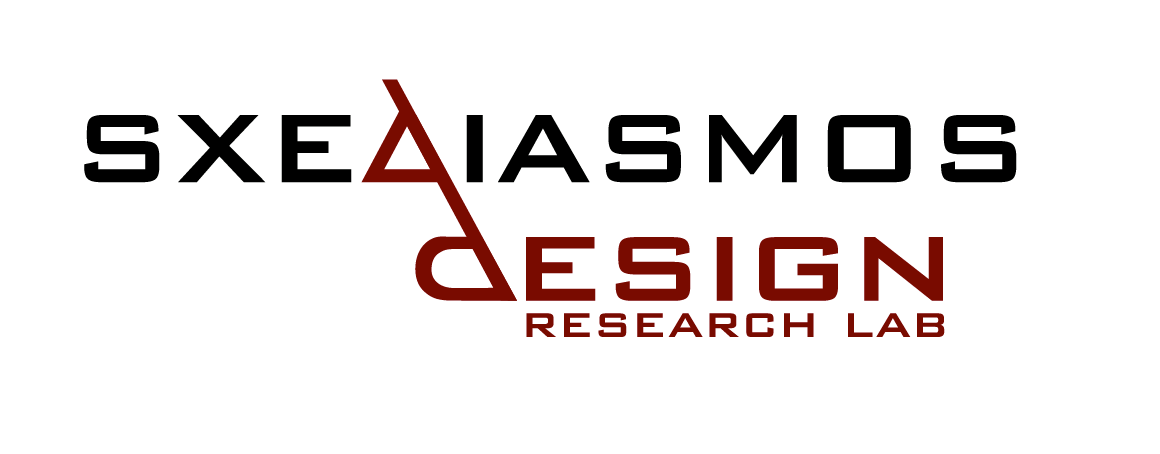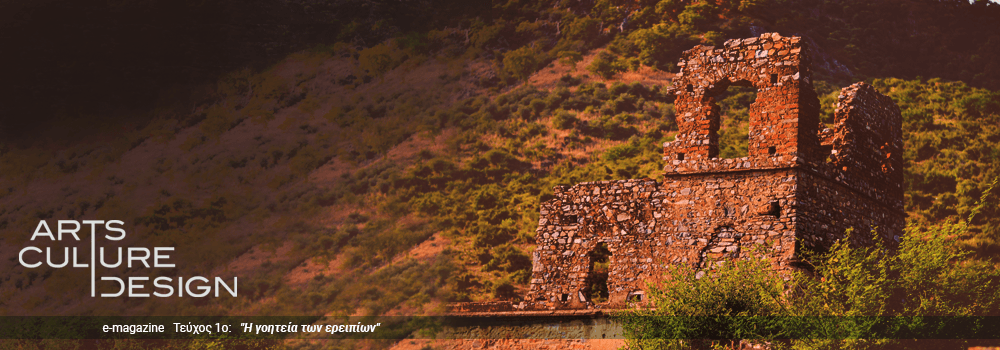Time, one of the dynamic aspects of existence and human creation, embodies duration and entails change. The decay that it imposes on matter reveals [the entities of] time and space as entangled, distinct and indivisible forms of being. Whether the ruin represents a trauma or a sign of the imposition of nature on human traces, constitutes a bridge of visual mediation and in many cases a carrier of “hidden pleasure”.
George Simmel (1958: 380-381)[1] in his essay “The Ruin” describes this facination towards decay as a dominating feeling that attracts us to a ruined building. The spectator, be it a (flâneur), a pilgrim, an observer of historical evidence, a researcher of the act of ruining, an artist, experiences nostalgia, memory, continuity, anamnesis, artistic inspiration, attraction, awe, or the distancing from the uncanny.[2]
The first issue of Design Arts Culture (DAC) focuses on the topic of “The Entrancement of Ruins”, inviting academic teachers, researchers, designers and artists to contribute in the wake of this [a] discussion.
- Simmel, George, 1958. “Two Essays: The Ruin.” The Hudson Review, 11(3), 371-385. doi:10.2307/3848614.
- Freud, Sigmund, 2003 |1919. The Uncanny (Das Unheimliche). MClintock, David, (transl.) London: Penguin books.
Call for papers, download file
Article Submission, download file
Artwork/Portfolio Submission, download file


